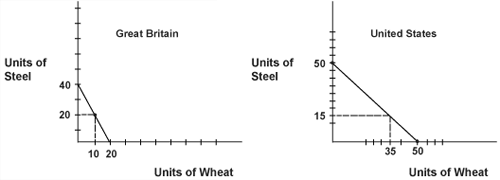Great Britain
If the
 |
Weighted Average Cost of Capital Calculator
Free Online Video Lecture Courses
Present Value of a Bond Calculator
More Online Video Lecture Courses
Fundamentals of Applied Finance
Economic Institute of Cambodia
Free Financial Management Accounting
Online English-Khmer Dictionary
Council for Development of Cambodia(CDC)
Ministry of Economic and Finance
National Institute of Statistics of Cambodia
Ministry of Public Works and Transport
Ministry of Post and Telecommunication
Stock Video Seminar In thai language
Copyright 2010 Cambodia Financial Market . Powered by Blogger | Blogger Templates created by Deluxe Templates
0 comments:
Post a Comment